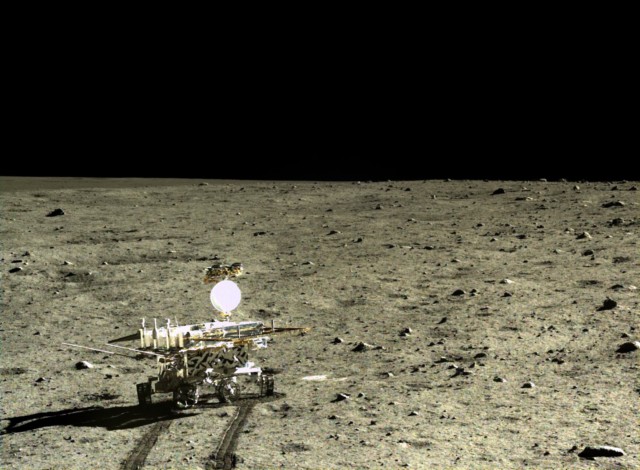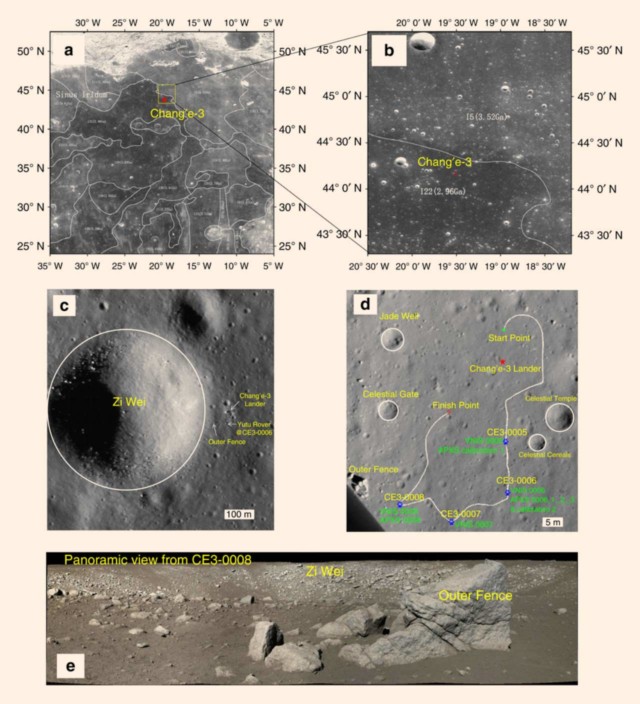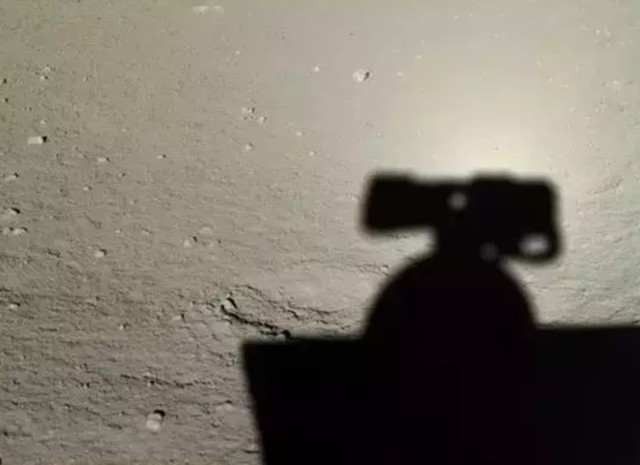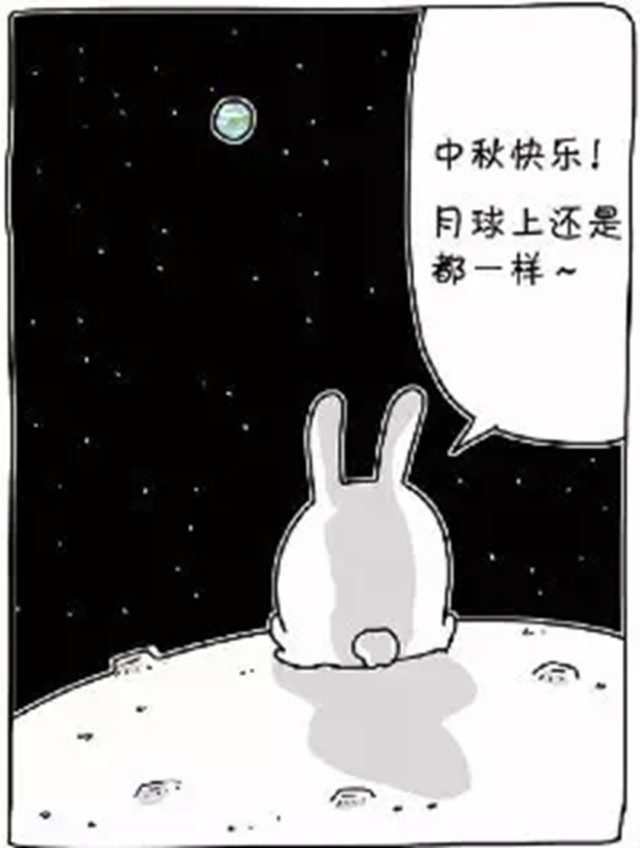China’s Jade Rabbit ‘Yutu’ lunar rover, which won a large following on social media, has been retired after a record 31 months of collecting data from the moon’s surface.
The moon rover, the world’s longest-serving, was named after the pet “Jade Rabbit” of the lunar goddess “Chang’e” in ancient Chinese mythology, after a worldwide online poll called for people to come up with the name.

What’s in a name? Yutu was named after the pet “Jade Rabbit” of the lunar goddess “Chang’e” in ancient Chinese mythology.
It was launched from China’s Xichang Satellite Launch Center on December 1, 2013, and reached the Moon’s surface on December 14, 2013.
The rover’s 972 operational days far exceeded the 322 chalked up by the former Soviet Union’s Lunohkod 1 in 1970, achieving another milestone in China’s fast-developing space program.
Just weeks after it landed, engineers feared they’d lost it when it shut down under abnormal conditions, but it revived and appeared to operate efficiently until its final shutdown last week.
The rover’s cameras, telescopes and radar made it a key part of the mission. Data it produced offered insights into the geological evolution of the moon.
The moon rover conducted tough tasks despite a hazardous environment. It took photos of the Moon, carried out scientific exploration of lunar soil, sought water sources for future visitors from Earth, and measured the intensity of radiation.
The radar carried by Yutu completed the first geological section map of the Moon in human history. It revealed the volcanic history of the Mare Imbrium, which is the largest basin on the nearside of the Moon and is filled with several basalt units.
It also displayed geological structures at a depth of 330 meters below the surface of the Moon, and discovered a new type of basalt.
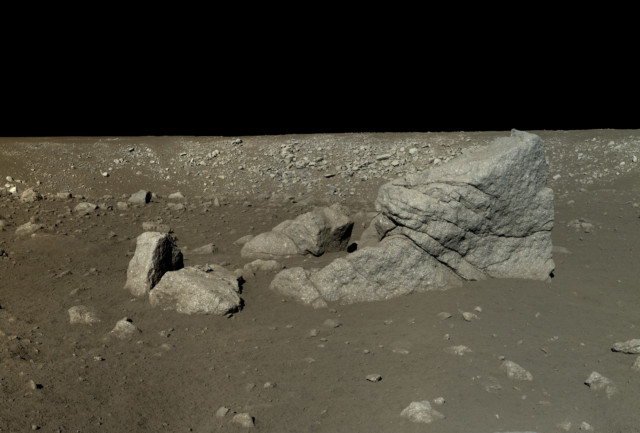
YUTU sent back hi-resolution photos of rock and rock formations on the moon. Courtesy: Chinese Space Agency
Over almost two and a half years, Yutu recorded 7TB of data, together with Chang’e 3, to serve the research work of knowledge-hungry scientists on Earth.
On July 28, Chang’e 3 went into hibernation for the 14-day lunar night and Jade Rabbit ceased operations, state media reported, citing the State Administration for Science, Technology and Industry for National Defense.
Yutu finally said good night to its 600,000 fans for the last time on July 31, ending its epic journey of discovery on the Moon.
Jade Rabbit, or Yutu in Chinese, posted a final farewell on its Twitter-like Weibo microblog, questioning whether it would one day be returned to Earth. “I’m a rabbit that has seen the most stars!” the post said.
China will attempt to land an unmanned spaceship on the moon next year that would return to Earth with samples. Only the United States and Russia have previously carried out such a maneuver successfully.
China has also hinted at a possible crewed mission to the moon.
China sent its first astronaut into space in 2003 and has powered ahead with a series of methodically timed steps, including the deploying of an experimental space station.
This story was compiled with information from CCTV News, The Associated Press, and the Chinese Space Agency.
 CGTN America
CGTN America
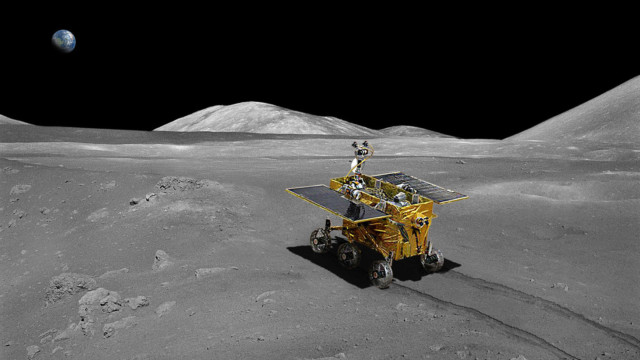 A view of Earth from the YOTU landing site. Courtesy: Chinese Space Agency
A view of Earth from the YOTU landing site. Courtesy: Chinese Space Agency
